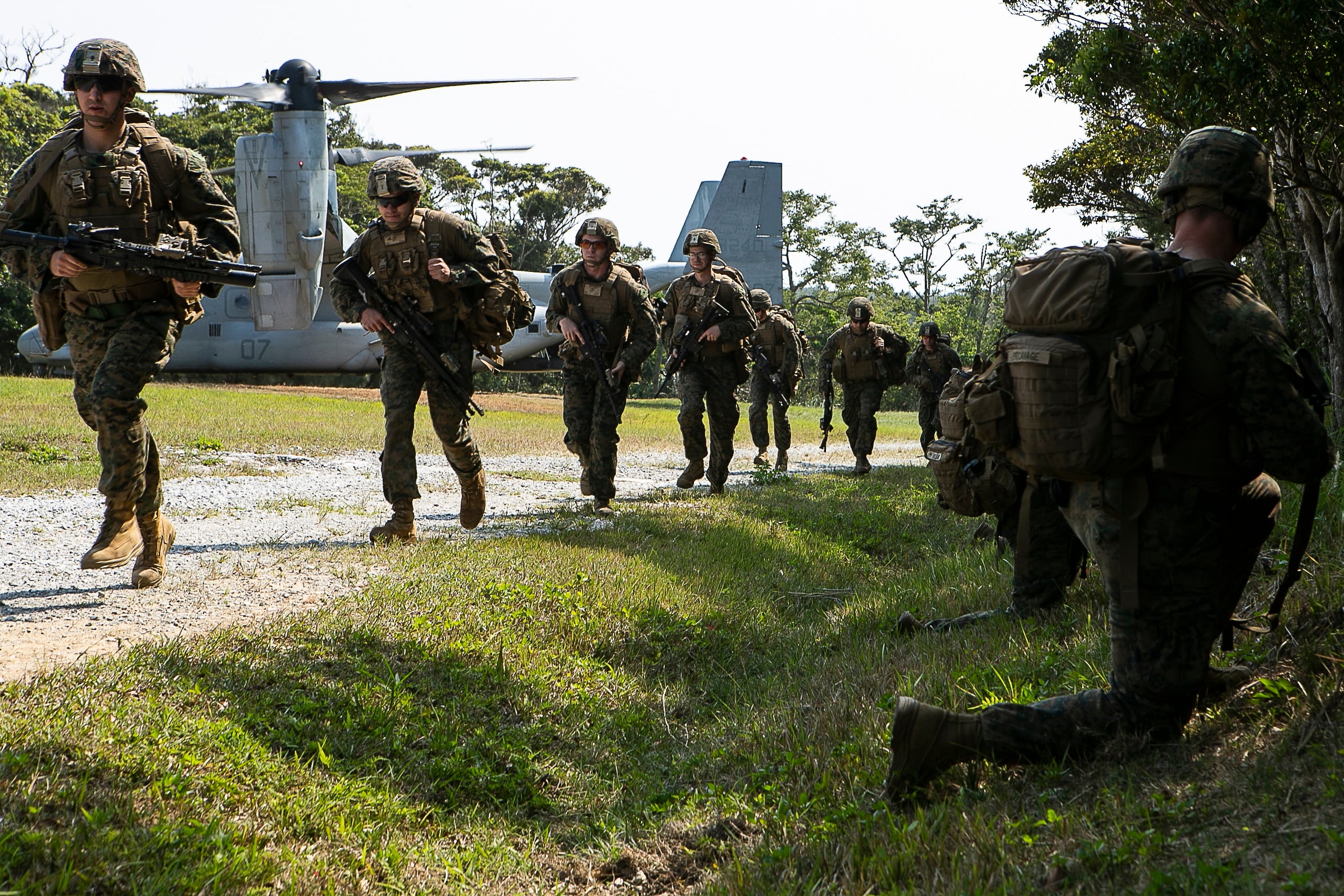About 1,700 Marines are starting to arrive in Darwin, Australia, for training and exercises, the Marine Corps announced Thursday.
Roughly the size of a Marine Expeditionary Unit, or MEU, it’s the largest deployment by Marines to Australia as the eighth iteration of Marine Rotational Force–Darwin.
The new rotation includes Marines from both I and III Marine Expeditionary Force, and is comprised of an entire Marine air-ground task force including ground combat, command and aviation elements, according to a press release.
The deployment will also feature the “most capable” aviation combat element with four AH-1Z Vipers, three UH-1Y Venoms, and 10 MV-22 Ospreys, Lt. Colin B. Kennard, a Marine spokesman, told Marine Corps Times in an emailed statement.
“This iteration will be the most capable to date and will improve interoperability and security cooperation activities, further strengthen alliances and partnerships, enhance regional disaster relief response capabilities, and augment forces that are optimally postured to quickly respond to various crises throughout the region,” the release said.
RELATED

The 2018 rotation, which included MV-22 Ospreys and M777 howitzers, consisted of 1,587 Marines.
The new MEU-sized rotation brings the U.S. and Australia closer to reaching a rotation force size of 2,500 Marines closer to reality.
The training deployments to Darwin first kicked off under then-President Barack Obama and Australian Prime Minister Julia Gillard in 2011, with the intent that the force size would grow to 2,500.
“MRF-D is a tangible demonstration of the sustained commitment to the Australia-U.S. alliance and their combined presence in the Indo-Pacific,” the release said.
The Marines will be in Australia until October, where they will conduct a number of bilateral and multilateral exercises like Indo-Pacific Endeavor, Talisman Saber and Koolendong, among other training opportunities with regional partners in the Indo-Pacific region, a press release detailed.
The Corps steadily has been increasing its footprint in Australia as the force is amid one of its largest flexes to the Pacific since World War II.
A rising tech-adept Chinese military is forcing the Corps to modernize and adapt new strategies as it lays out a potential battle plan in the Pacific region.
That fighting concept, known as expeditionary advanced base operations, will see Marines thinly dispersed across the Pacific.
Shawn Snow is the senior reporter for Marine Corps Times and a Marine Corps veteran.




